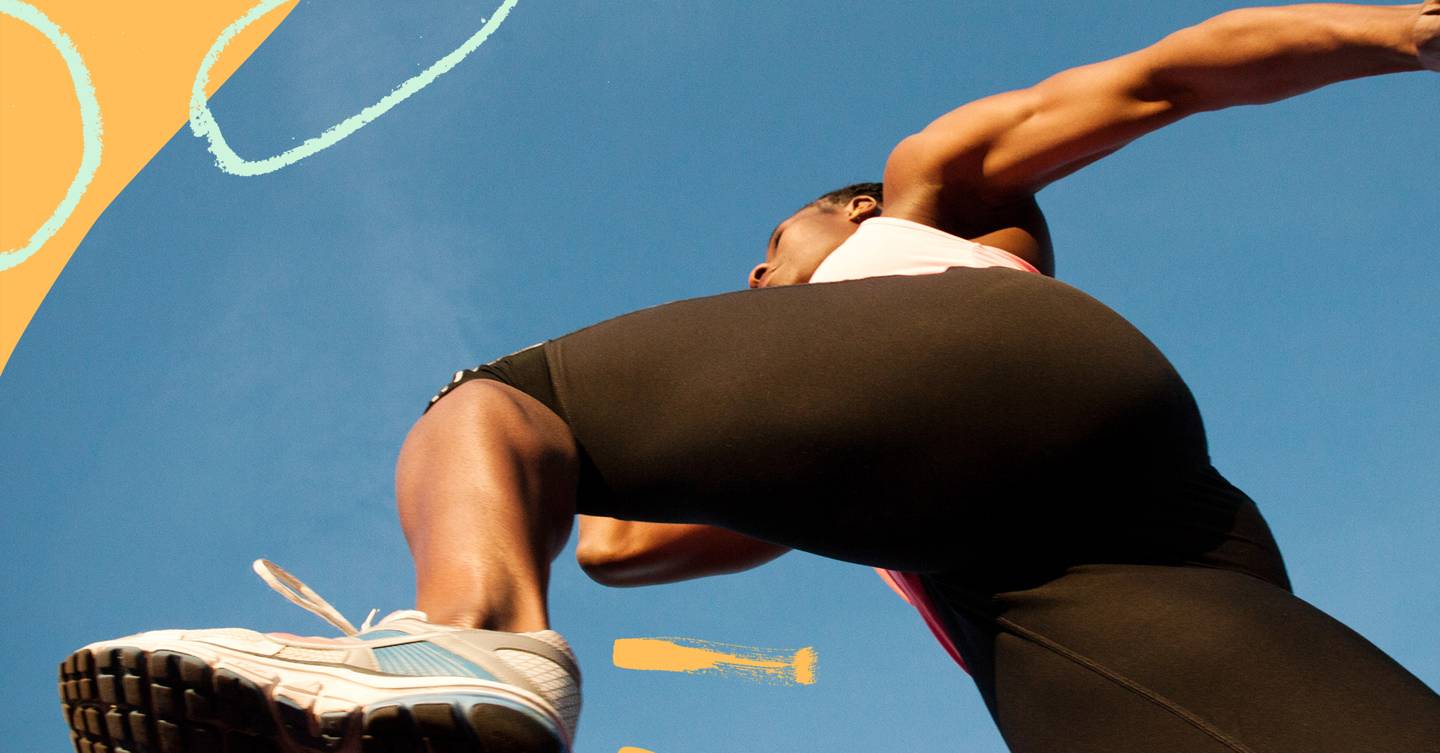All products are independently selected by our editors. If you buy something, we may earn an affiliate commission.
It’s no news that more and more of us are taking up running during lockdown. Just a quick glance over your WFH desk set-up and out of the window will likely reveal a jogger or two pounding the pavement, lycra-clad and brow-dripping, especially now that we’re allowed ‘unlimited outdoor exercise’.
Improving our cardiovascular fitness has obvious benefits for our physical wellbeing as well as our mental health; particularly important in such an uncertain and isolating environment.
But suddenly increasing your training load and mileage without taking proper precautions is a sure-fire route to injury. You don’t need to start training for a degree in sports science to go for a daily jog, but familiarising yourself with how you run can make sure you have the right support.
What is pronation?
Pronation is the way your foot rolls inward for impact distribution upon landing when you run. By doing this it helps to absorb the shock, and the arch of your foot supports on average three times your body weight. Normal or ‘neutral’ pronation is when your foot rolls inwards about 15%, supports your body weight and absorbs shock adequately, then helps you push off with even distribution from the front of the foot at the end of the gait cycle.
People who don’t have a neutral pronation will have feet that either roll inward too much or not enough, leading to inadequate shock absorption and potential injury.
Overpronation
If you overpronate, you land on the outside of heel then your foot rolls inward (pronates) excessively, transferring weight to the inner edge instead of the ball of the foot. To push off, you use your big toe and second toe to do a majority of the work.
Overpronation causes extra stress and tightness to the muscles, and associated injuries include shin splints, plantar fasciitis, bunions, Achilles tendinitis and heel spurs. People who overpronate typically have low arches or flat feet.
Underpronation (supination)
Underpronation (or supination) is when the outer side of the heel hits the ground at an increased angle with little or no normal pronation, meaning there is less ‘rolling in’ than those with normal or overpronation. When you push off, you put extra pressure on the smaller toes on the outside of foot.
This causes a large transmission of shock through the lower leg and can lead to injuries such as plantar fasciitis, shin splints and ankle strain. People who underpronate typically have high arches.
How to determine your pronation type
The best way to find out your pronation is by getting a gait analysis at your local running store, but due to lockdown restrictions, that probably isn’t possible right now. There are a few telltale signs you can look for, though.
“A quick and easy way to see if you overpronate is to look at the bottom of your shoes for signs of wear and tear,” says Holly Rush, ASICS FrontRunner UK Community Manager. “If most of the wear is on the inside sole near the ball of the foot and the big toe, there’s a good chance that you overpronate. You may even notice that your shoes tilt inward if you look at them on a flat surface.”
Another way to tell is simply by looking at your bare feet. “If your arches are flat or very low, this can also indicate overpronation,” explains Holly. “If you’re not sure, try the wet foot print test. Simply wet your bare feet and walk on a tile floor or some sheets of paper/card where you can visibly see your footprint. If your foot impression looks like the whole sole of the foot, then this suggests that the arch of your foot stretches inward too much, not absorbing the shock correctly and exposing you to injuries. If the imprint doesn’t show the whole sole of your foot, it’s more likely that you are a neutral runner and don’t overpronate.”
If in doubt, this is a helpful guide to doing the wet foot test at home:
“If you are still not 100% sure of your pronation type and are getting some niggles when you run, try sending a short film of you running in your usual running shoes to a physio or shoe specialist,” advises Holly. “They can have a proper look at your whole gait and running position.”
Which trainers are best for you
Remember, there’s nothing wrong with your feet if you overpronate or supinate. You don’t normally need to take any corrective measures for pronation and it isn’t something you can ‘exercise’ your way out of.
But determining your pronation type can help you find the most comfortable and supportive running shoes for you. Generally speaking, overpronators need ‘stability’ running shoes with structured cushioning to help distribute the impact of running more effectively, or will need to wear orthotic inserts. Supinators need ‘cushioned’ running shoes for extra shock absorption. Most sportswear brands have an online tool to help you find the right shoe, such as the ASICS Shoe Finder or Nike Footwear Guide.
These are some of our favourite running trainers on the market…
